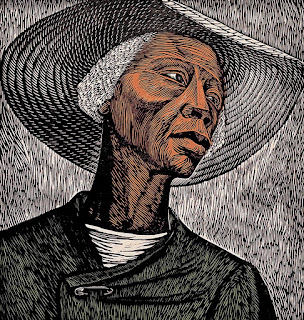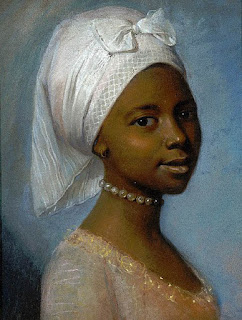The Narrator's Southern Identity

Sharecropper by Elizabeth Catlett (1952) In recent chapters of Invisible Man , the narrator has called his identity into question. As his consciousness has developed (and since he had a lobotomy-like medical procedure performed on him), he has begun to question who he is and the anxieties which seemed to define his consciousness earlier in the novel. A particular aspect of the narrator’s identity which has also been discussed in recent chapters is that of his southern roots. The narrator initially seems ashamed of his southern identity. We see this most clearly in the scene where he goes into a diner, and proudly denies the server’s suggestion that he would like a traditional southern breakfast. The narrator thinks to himself, “Could everyone see that I was southern?”, clearly self-conscious about being perceived as southern, and views his ordering of an orange juice, toast, and coffee as “an act of discipline, a sign of the change that was coming over me and which would ...
